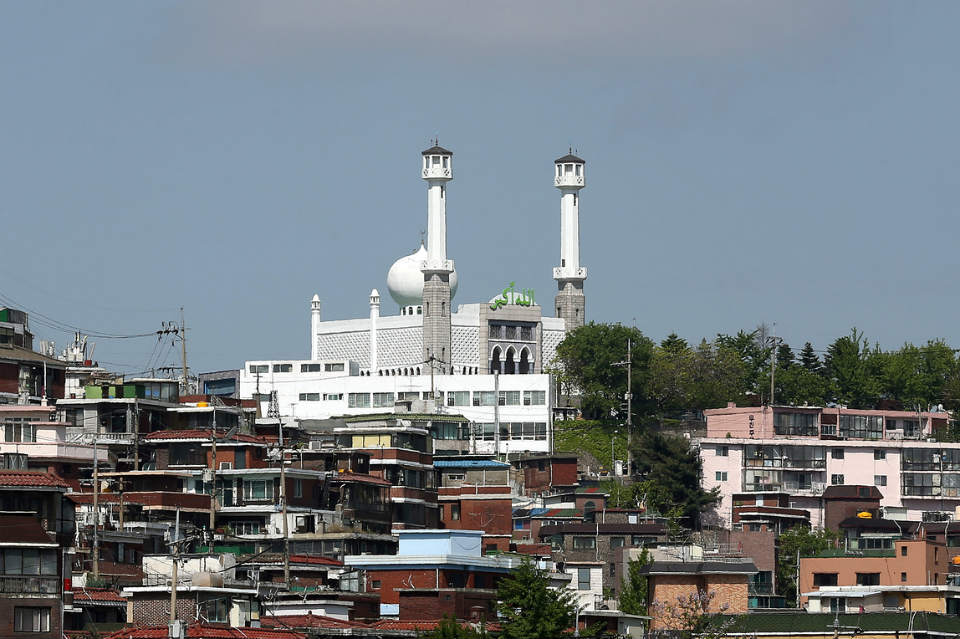Islam has a very small presence in South Korea. As recently as 2005, the religion section in the country’s census did not offer “Muslim” as a category. Currently, the number of Muslims in South Korea reportedly stands at roughly 200,000, or about 0.4 percent of the population. Many are migrants from countries where Islam has a bigger presence, while some are South Koreans who converted.


